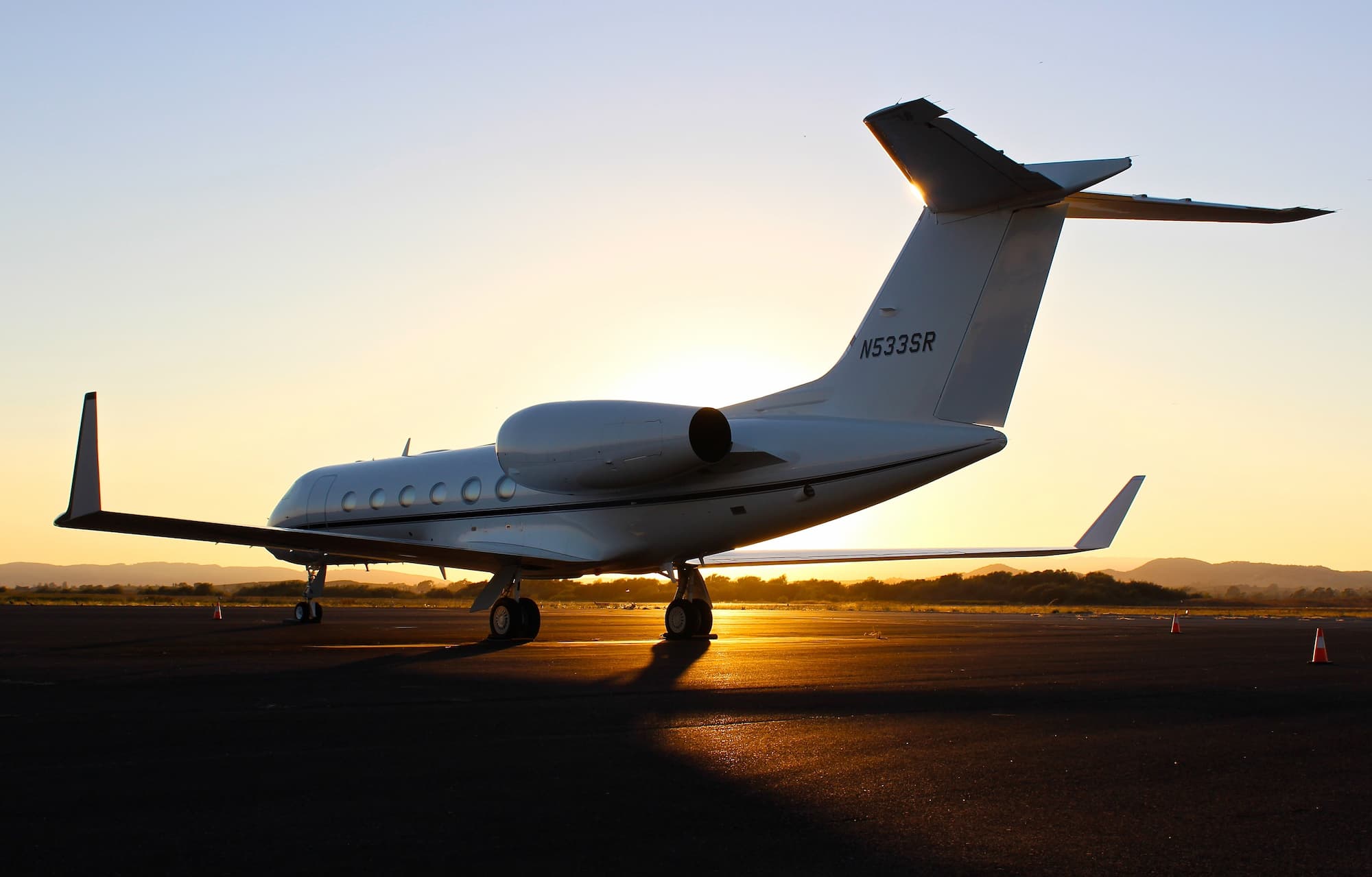
Ever dream of being whisked away to a sunny island getaway or a bustling business meeting aboard a private plane – without it costing a fortune? This is the reality KinectAir is making possible, with prices starting at a jaw-dropping $111. Plus, no long check-in or TSA lines.
How KinectAir can make your private plane dreams a reality
As some have coined the airline the “Uber of private aviation,” KinectAir takes the hassle out of private flying with its AI-powered platform. They specialize in quick trips under 500 miles, leveraging turbo-prop and piston planes – perfect for your regional needs, and they claim to slash costs by 75% compared to traditional private charters.
CEO Katie Buss says they want to change the way people think about short flights.
“People think it’s only for the Bill Gates and Elon Musk of the world. It’s by no means cheap, but it’s more accessible than most people think. Instead of just going to Delta, we want people to see what flying private would be like … It’s a totally different way of travel.”
Her vision is to make private jets as accessible and effortless as catching an Uber or booking an Airbnb, transforming the luxury travel landscape.

Private planes are cheaper than commercial flights
CNN reports that using KinectAir, an empty-leg flight from Phoenix to Palm Springs, cost a jaw-dropping US$233 per person – cheaper than any commercial option available at the time.
So, how do they do it? Repositioning flights, also known as “empty legs,” leverage pre-booked one-way charters by filling the returning leg with additional passengers at reduced fares.
But keep this in mind – to snag an empty leg deal, you need to be prepared for flexible travel plans! During the summer months, 75% of bookings were made within 3 days of flight time, showcasing the last-minute nature of these fleeting flight options.
What does this mean for the environment?
While private jet travel often faces environmental criticism, some argue that KinectAir’s model tackles a key issue – the wasted fuel of empty legs. Capturing 40% of these “ghost flights” for paying customers undeniably reduces overall fuel consumption compared to traditional private jet operations.
Critics might counter that even “greener” private jets contribute to the 1% of global flyers responsible for half the industry’s emissions. However, KinectAir’s focus on smaller turbo-prop and piston planes boasts significantly lower fuel burn per passenger mile than traditional jets. Their ambition to integrate electric hybrid planes in the future further pushes the sustainability envelope.
People are still questioning whether KinectAir’s model can ultimately “out-green” the inherent climate impact of private aviation. But their proactive approach, from maximizing occupancy to embracing cleaner technologies, offers a glimpse of potentially reducing the industry’s carbon footprint.
And did we mention you can get on a private plane for $111?



